Tokoname is home to Chubu Centrair International Airport, the largest airport in the region. What many people don’t know, is that it is also a city with a long tradition of pottery and amazing craftsmanship. Tokoname is an excellent place to visit for a day or half-day trip from Nagoya (or the airport if you have a long layover).
Article Contents
Let Yourself Be Transported to Tokoname by Watching A Whisker Away
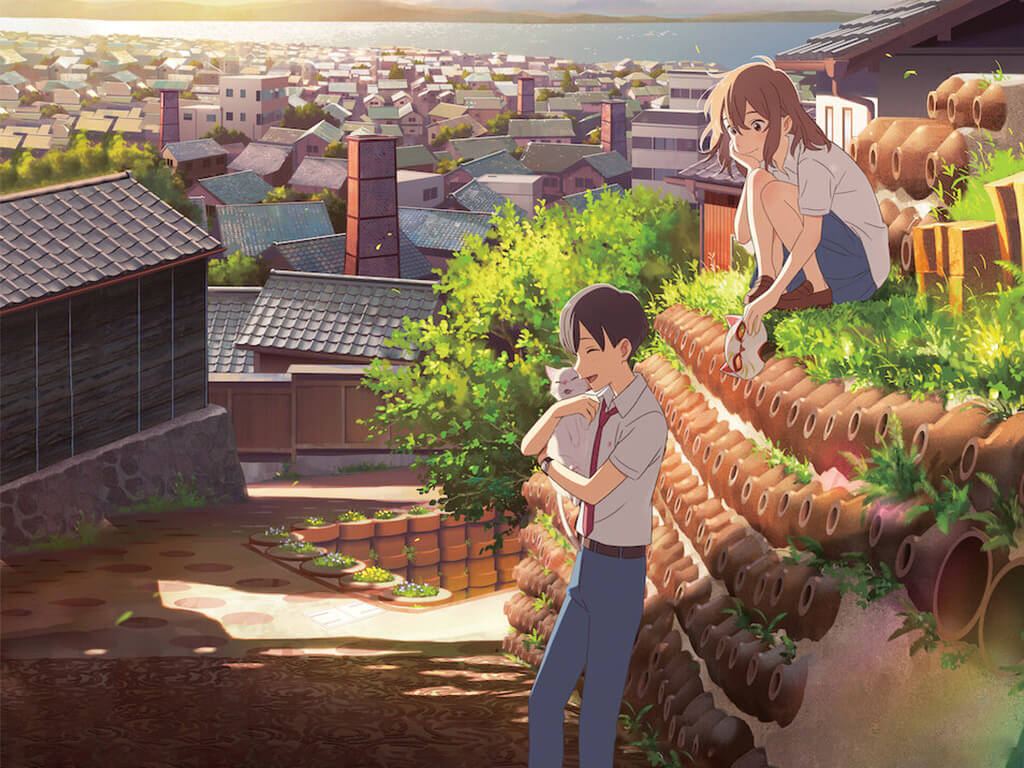
Tokoname was recently featured in the Netflix Anime movie ‘A Whisker Away’ which is set in Tokoname. It is about an energetic middle school girl called Muge, who transforms into a cat to get closer to her crush, Hinode.
It’s a movie about growing up, first love, and the struggle of a girl who has to decide if she is better off as a cat or as a young girl.
Make sure to watch the movie before your visit to Tokoname and check out all the beautiful spots featured. Because it can really bring out the magic that can be found in Tokoname.
Top Spots to Learn All About Tokoname’s Famous Pottery
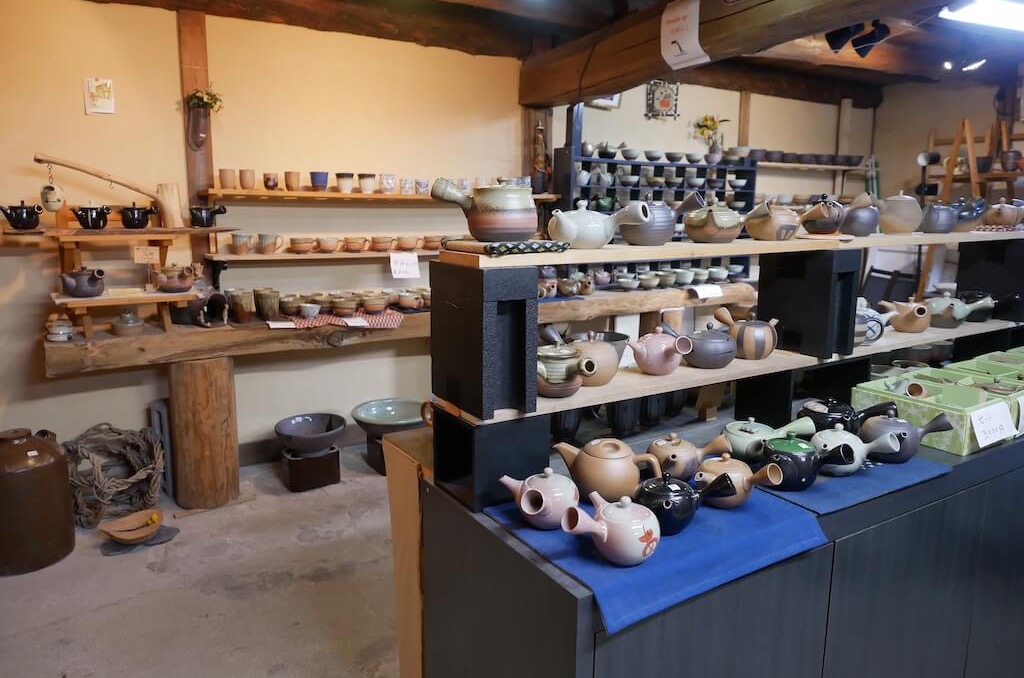
Tokoname is the oldest of the Six Ancient Kilns in Japan which are spread out all across the country —Shigaraki, Bizen, Tanba, Echizen, Seto, and Tokoname. These places in Japan are all strongly associated with their long pottery-producing history.
Tokoname’s pottery history begins in the Heian Period (794-1185) with the manufacturing of ceramic pots and vessels. The city specialized in teapots, bottles, and containers to transport water, and sake and for the storage of Buddhist sutras and scrolls, as well as tiles, bricks, and pipes.
The characteristic of Tokoname pottery, known locally as Tokoname Yaki, is the bright red color of the clay that is used to make all the different products.
During the height of pottery production in Tokoname, there were more than 3000 kilns located around the city. Nowadays you can still get an idea of what Tokoname used to look like by visiting the older parts of the city.
Manekineko Street, the Beckoning Cat Open-Air Art Gallery
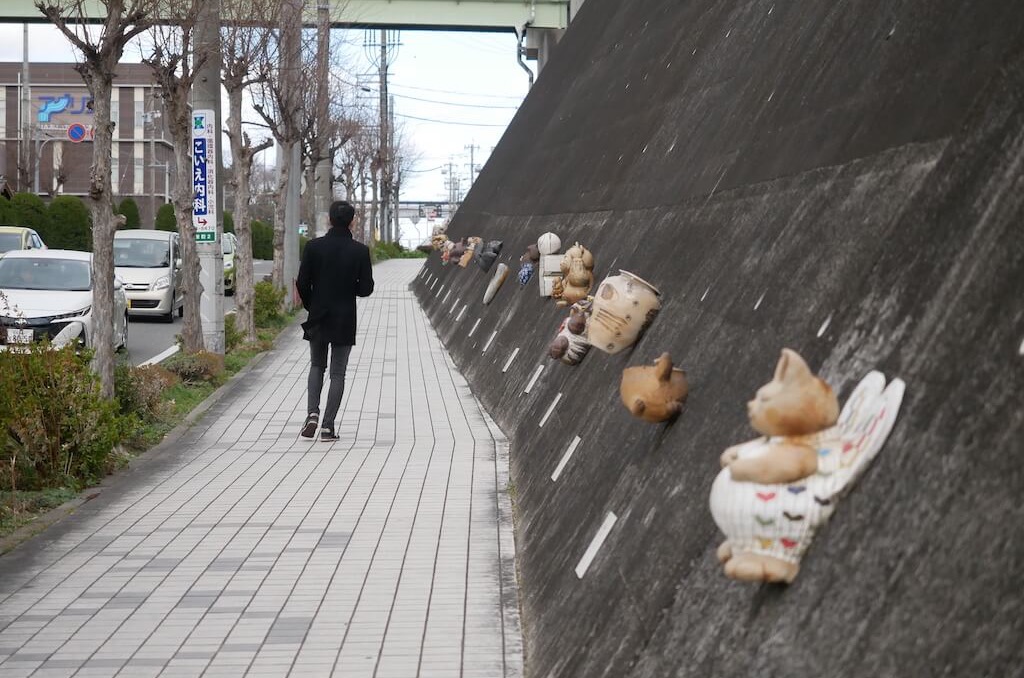
The walking path leading from Tokoname Station to the mouth of the Pottery Foot Path is called Manekineko Street and is lined with 39 clay beckoning cats created by talented artists. Tokoname is the largest producer of ceramic lucky cats in Japan and is very proud of this fact.
Why don’t you try to find your favorite piece of art while strolling along the street?
Take a Walk along the Pottery Footpath
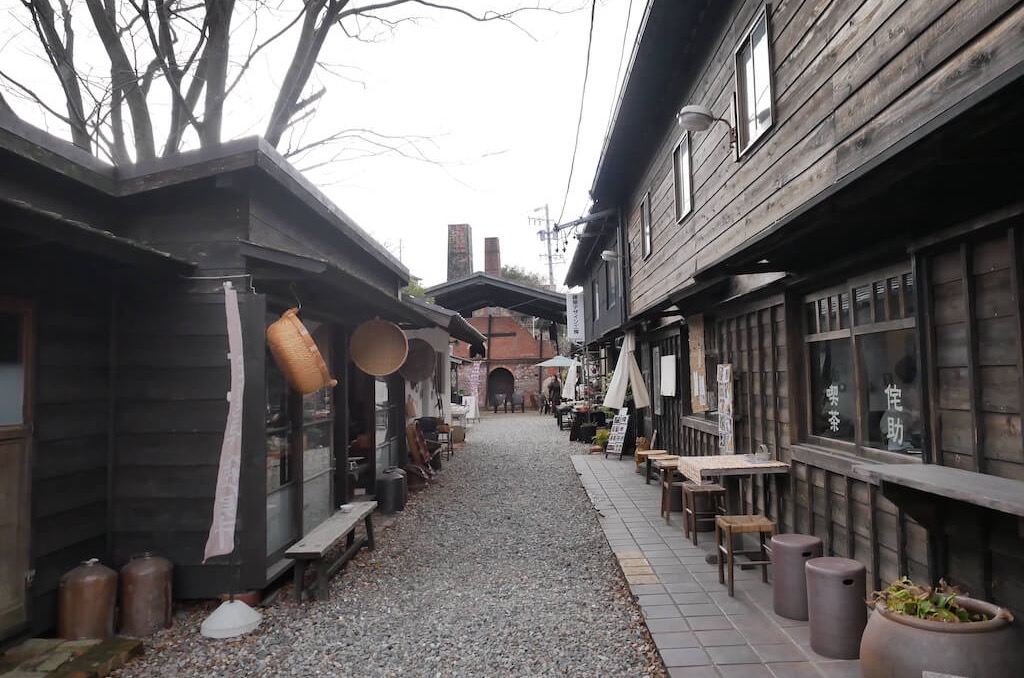
The best way to experience Tokoname Yaki is by following one of the two Pottery Footpaths. The 1.5-kilometer-long ‘Course A’ is the shorter of the two, leading past the highlights of Tokoname, including scenic spots such as Dokanzaka and Climbing Kilns, as well as numerous pottery shops, workshop studios, and the Takita Family Residence.
Then, there is the longer and less visited Course B. This 4-kilometer-long course leads past the Tokoname Ceramic Art Institute, Tokoname City Folk Museum, and the INAX Museum Complex.
We will introduce you to all of these spots and more in detail below. So you can make an informed decision about which of the paths you would like to follow for your visit to Tokoname.
Pottery Making Experience at a Famous Potter’s Studio
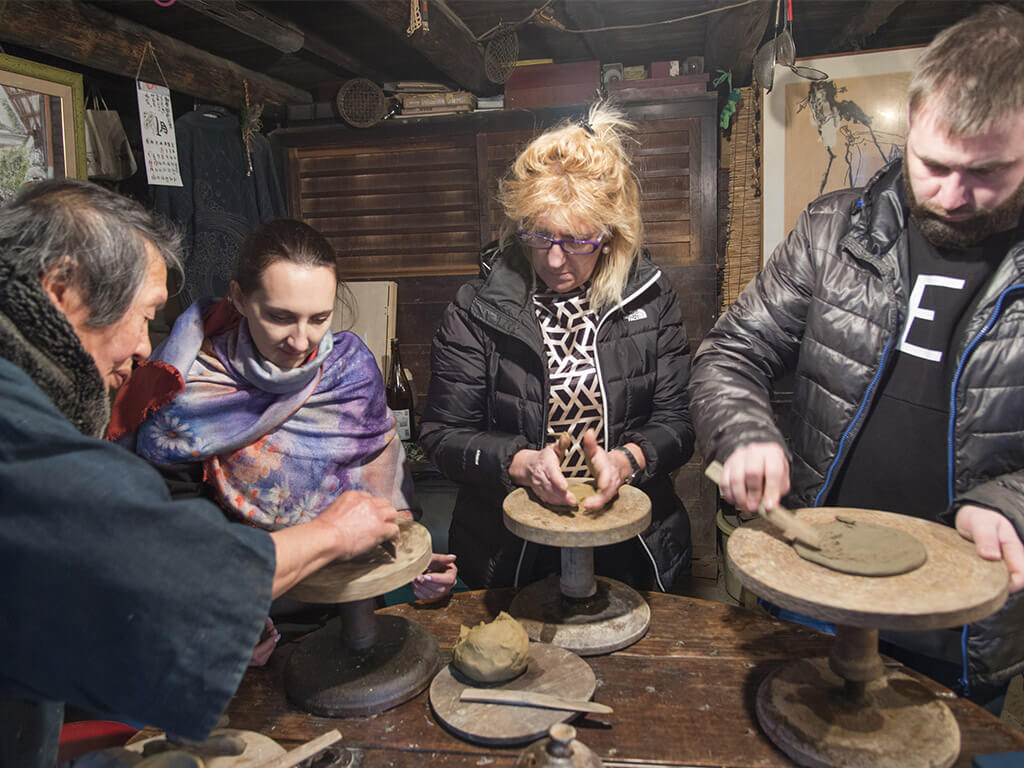
If you really love pottery and don’t just want to have the same pottery experience as everyone else. In that case, you should seriously consider this experience at the studio of a renowned potter. Mr. Hirano Yuichi is a fourth-generation potter and his works have been exhibited in the Boston Museum of Art, among other places.
The pottery master picks up his own clay at secret spots in the mountains, which makes every piece he creates unique because of the inclusion of minerals in the clay leading to fascinating coloring in the finished item.
This experience feels a lot like a real apprenticeship with a Japanese master. It is intense, with a master who really takes his art seriously and expects a certain amount of respect and seriousness from his pupils, even those who only come for a day to learn.
The location is also exceptional as the master lives in an old house in the pottery path’s winding streets. The master’s house has an underground atelier with every corner filled with piles of old books and other random objects long forgotten. Thousands of bold and strange pottery items decorate every free space available in the room.
Whatever you create under the watching eye and helpful hands of the master will be fired and once finished sent to your home anywhere in the world.
A truly unique and once-in-a-lifetime experience for real pottery fans. You can learn more about this activity and book here.
Tokonyan, the Big Beckoning Cat Watching Over Tokoname
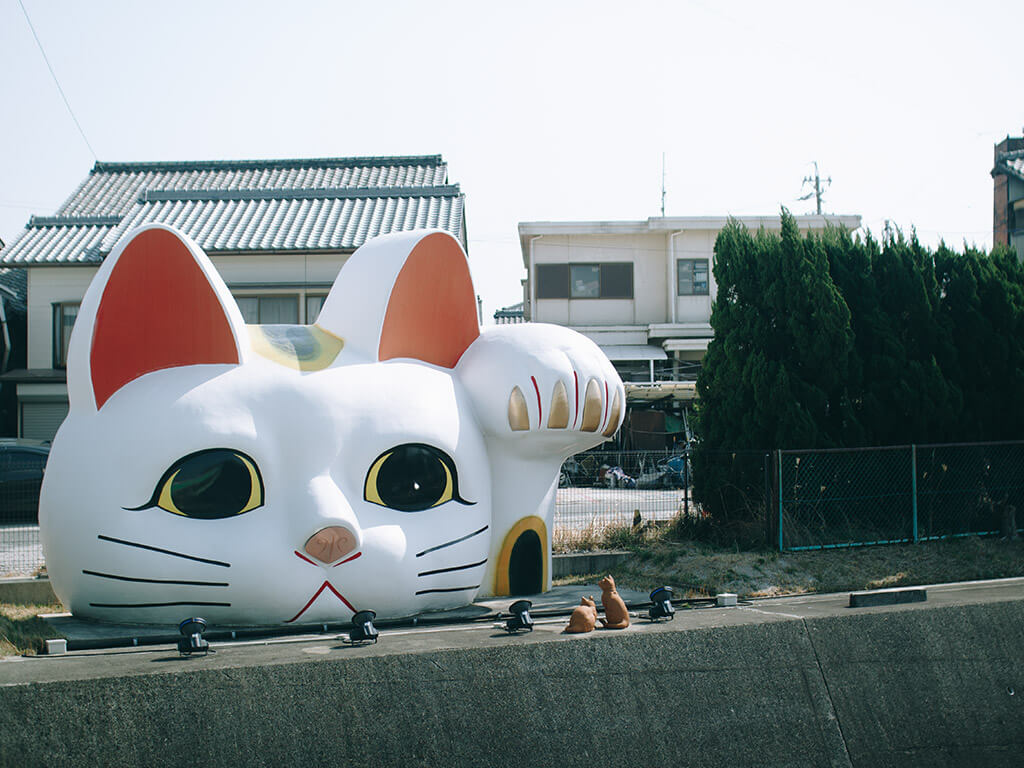
On the top of Manekineko Street, the giant head of a Manekineko called Tokonyan is overlooking the city. Another sign of Tokoname’s connection with the lucky cats, Tokonyan is a popular picture spot.
The Edo Period Takita Family Residence
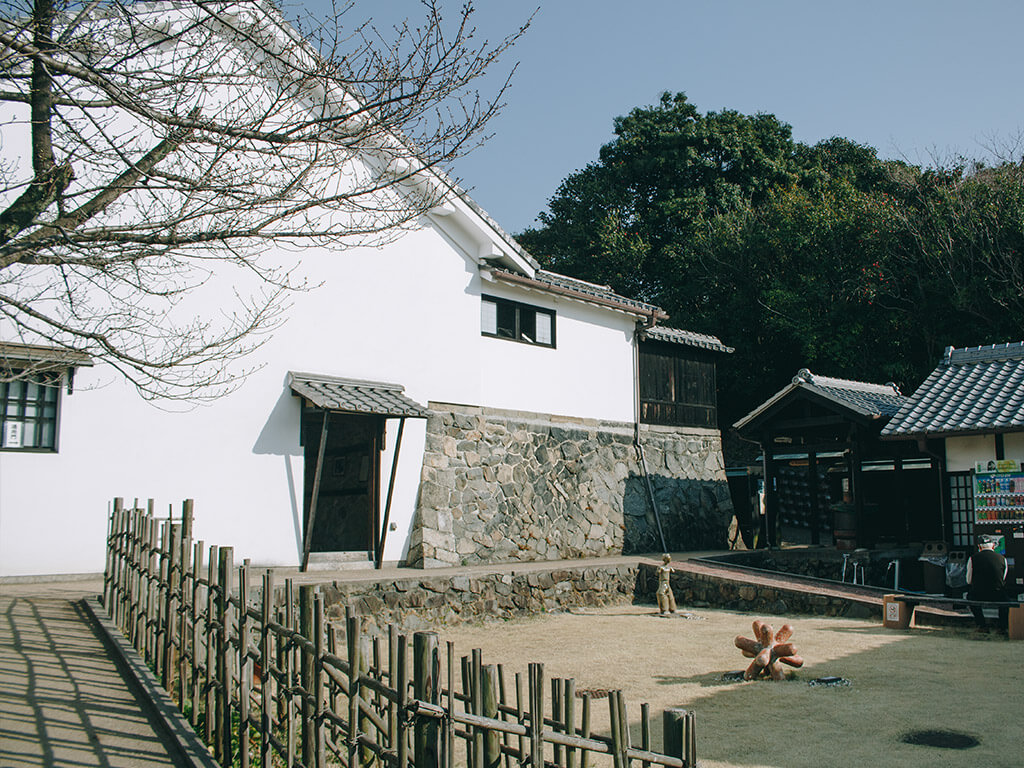
During the Edo Period (1603–1868) the Takita family was responsible for the logistics of shipping locally-produced pottery and other goods, such as rice, to the capital Edo.
It was a very lucrative business that afforded them a beautiful residence in Tokoname. The old building has been preserved and turned into a museum where you can learn more about the family’s history and the way pottery and other goods used to be shipped around the country.
Takita Family Residence (廻船問屋 瀧田家)
Entry Fee: 200 yen
Opening Hours: 9:30 – 16:30; closed Wednesdays
Address: 4-75 Sakaemachi, Tokoname, Aichi 479-0836
Google Maps
Dokanzaka, the Most Photogenic Spot in Tokoname
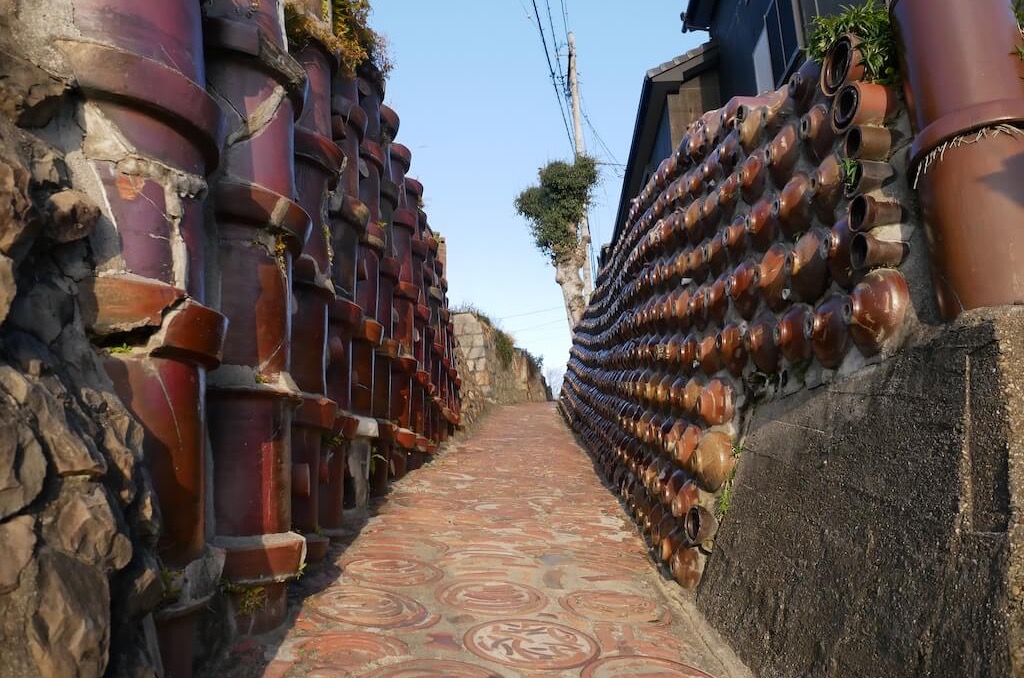
This slope called Dokanzaka, or Clay Pipe Hill, lined with Sake barrels and big pipes and plastered with broken pieces of ceramics might just be the most photogenic spot in Tokoname.
Tarumi Hongu Shrine, Viewing Point on Top of Hongu Mountain
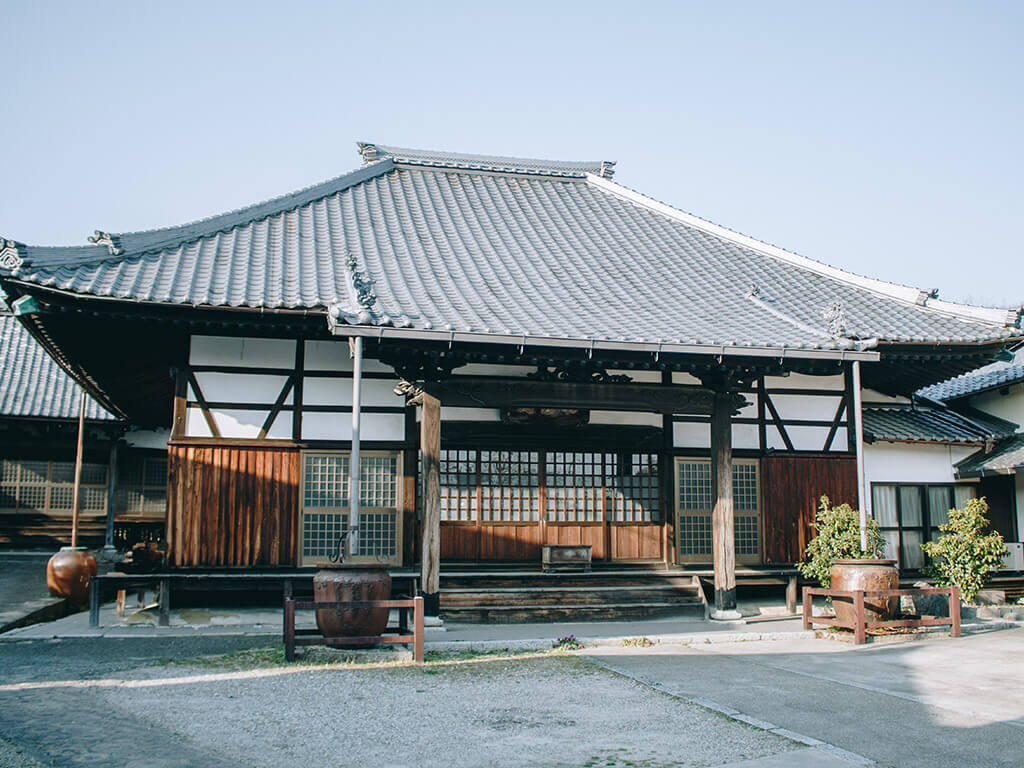
Tarumi Hongu Shrine is a little-noticed Shinto shrine and also a great lookout spot from which you can see Tokoname City from above. This shrine is a bit away from the main path, so if you don’t look for it carefully, you might miss it.
Tarumi Hongu Shrine (樽水本宮神社)
Entry Fee: Free
Opening Hours: Open 24/7
Address: Hasugaike Tarumi, Tokoname, Aichi 479-0801
Google Maps
The Biggest Climbing Kiln in Japan, an Impressive Construction Telling of a Different Time
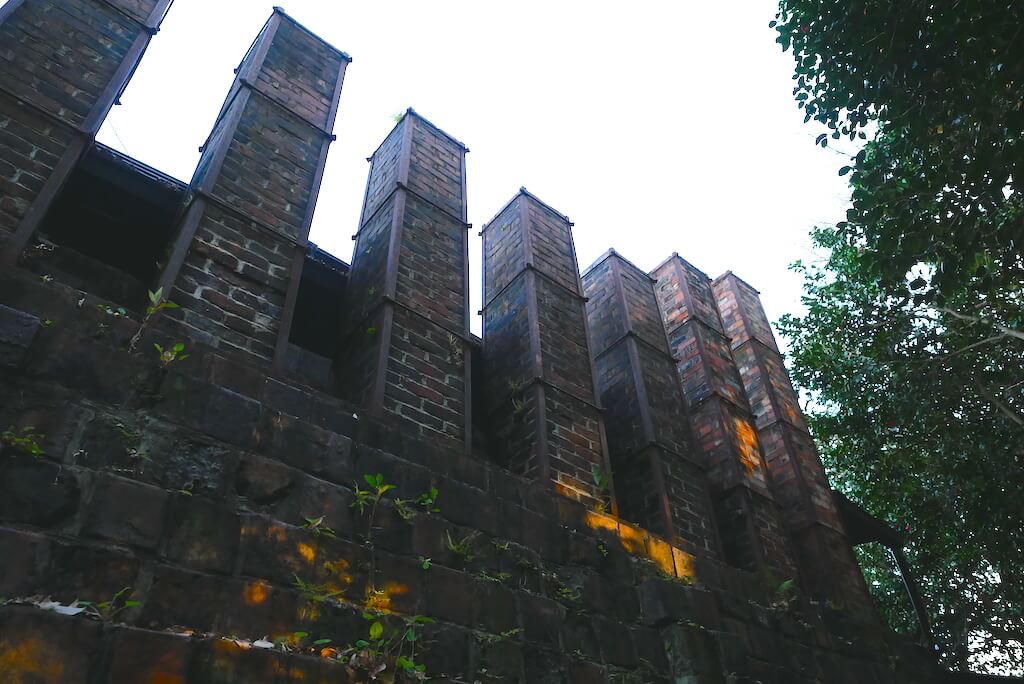
Built onto the hillside the Climbing Kiln with its 10 chimneys is the only one of its kind left in Tokoname. It is also recognized as the biggest climbing kiln in Japan.
The impressive kiln isn’t used anymore, mainly because of the environmental impact and the great effort necessary to fire it up. But there are still people in Tokoname today who remember a time when the kiln was used to produce beautiful pottery.
Get to Know the Pottery of the Edo Period at Tokoname Tou No Mori Museum
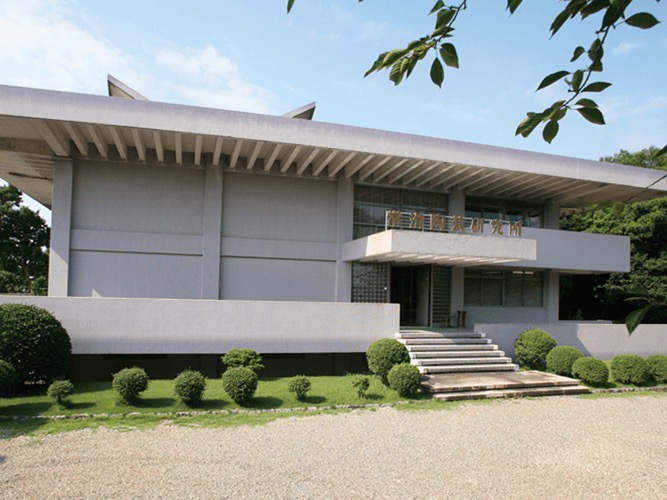
The Tokoname Art Institute incorporates the Tokoname Tou no Mori Museum, displaying Edo Period redware and shallow tea bowls, as well as the Tokoname Tou no Mori Togei Research Institute, which functions as a training center for aspiring potters.
Tokoname Tou no Mori Museum (とこなめ陶の森資料館)
Entry Fee: free
Opening Hours: 9:00 – 17:00; closed Mondays
Address: 4-203 Segicho, Tokoname, Aichi 479-0821
Website | Google Maps
INAX Live Museum: A Huge Complex Dedicated to Pottery
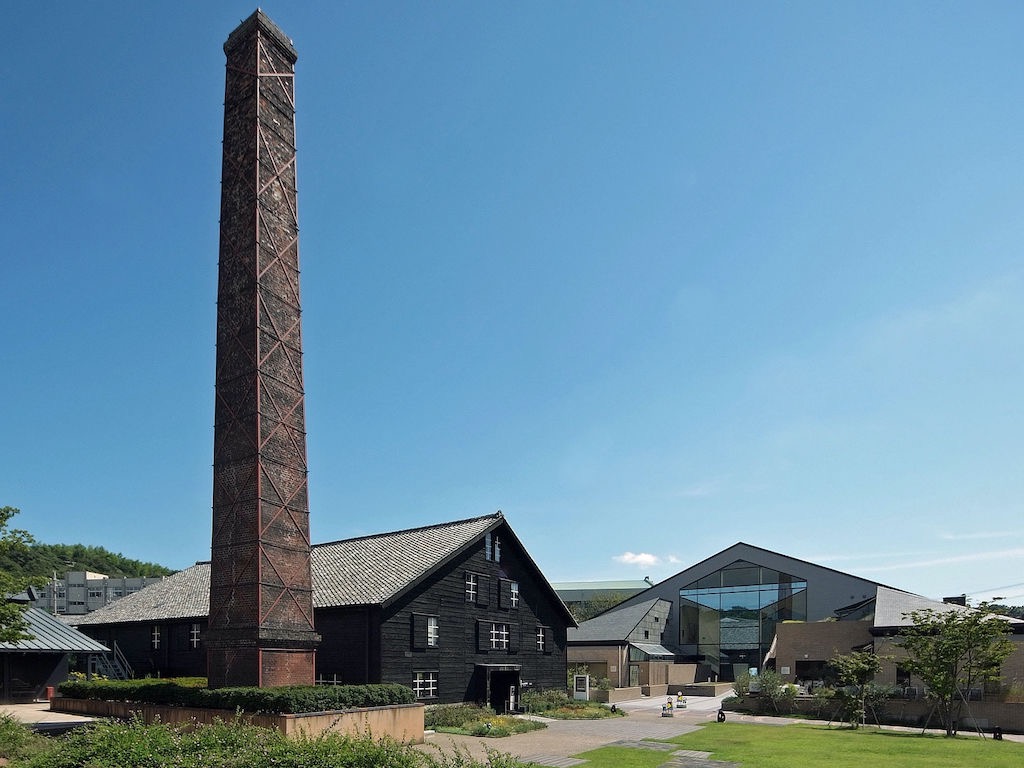
INAX Live Museum is a complex of six museums all dedicated to pottery in different ways.
The Kiln Plaza is located on the site of an old kiln constructed in 1921. This particular kiln used to be dedicated to the production of clay pipes. Not only is the exterior impressive, but on the inside, you can find tools and machines used for the production of pipes, as well as an informative video that shows how such a kiln used to be fired up for production.
At the Tile Museum, more than 1000 decorative tiles are on display, as well as recreated tile adornments from Mesopotamian civilizations, Egyptian tiles, and Islamic architecture using tiles. This museum is dedicated to the history and development of decorative tiles around the world.
Clay Works is the place to learn about the raw materials used in making pottery: soil and clay. This building, constructed from clay, offers hands-on experiences through workshops. In there, you can try making your own shiny clay ball or experimenting with clay pastel colors.
At the Architectural Terracotta Museum and Terracotta Park, you can experience the terracotta artworks popularly used in Japanese architecture of the early 1900s. It includes an impressive collection displayed inside, as well as an outdoor exhibit area.
At the LIXIL Ceramics Lab, you can learn about the history and future of craftsmanship. Recent projects range from the restoration of historic structures to the creation of new, innovative ceramics with the collaboration of artists, architects, and experts from various fields.
The Tiling Workshop is a place to express your creativity with clay. Various workshops are held here, including mosaic art, tile, and clock painting workshops, and perhaps the most unusual, a mini toilet painting workshop.
INAX Live Museum (INAXライブミュージアム)
Entry Fee: Adults 700 yen; children 250 yen. Workshops not included in the entrance fee.
Opening Hours: 10:00 – 17:00; closed Wednesdays
Address: 1-130 Okueicho, Tokoname, Aichi 479-0823
Website | Google Maps
Learn How to Create Your Own Pottery Masterpiece at the Seiko Pottery Workshop
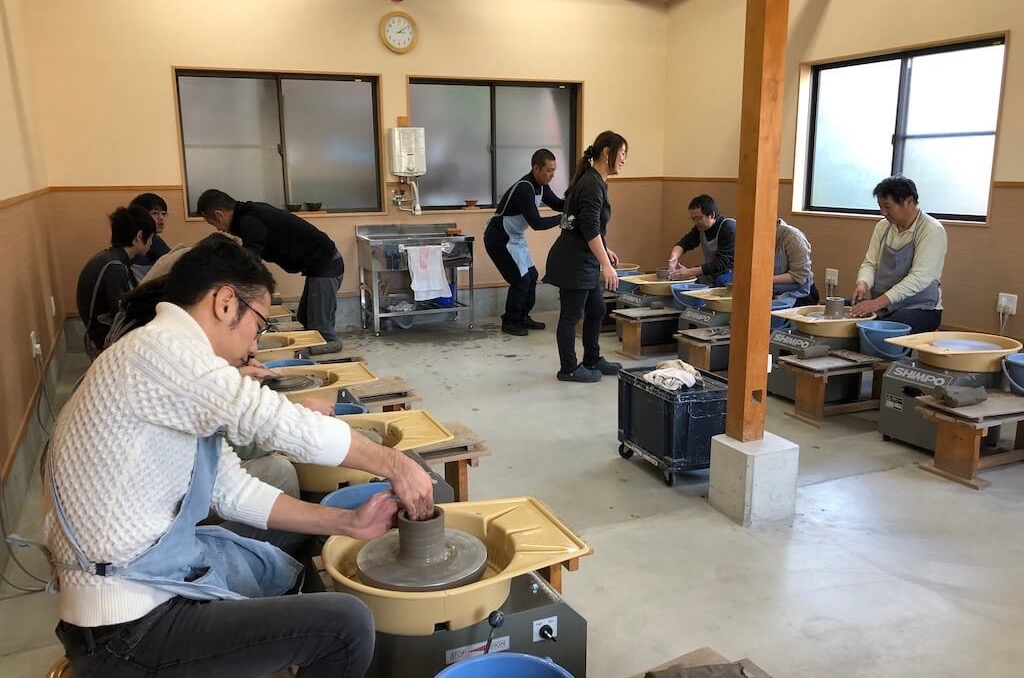
Around Tokoname you will find numerous studios offering workshops to create your own pottery. Many offer workshops to walk-in guests as well as to those who reserve in advance.
One of these places is the Seiko Pottery Workshop. During a 40-minute workshop for 3300 yen, you get 1 kilogram of clay to shape into a plate, cup, or bowl. Even though there are no workshops offered in English, following the instructions of the skilled teachers is easy as they will show you what to do.
Since pottery has to be fired before it is ready, you can’t take home your creation right away, and delivery takes around one month. If you don’t plan on staying in Japan for that long, you can take home someone else’s work and leave yours for someone else to pick up and enjoy in the future.
Chill Out at the Stylish Tokoname Store
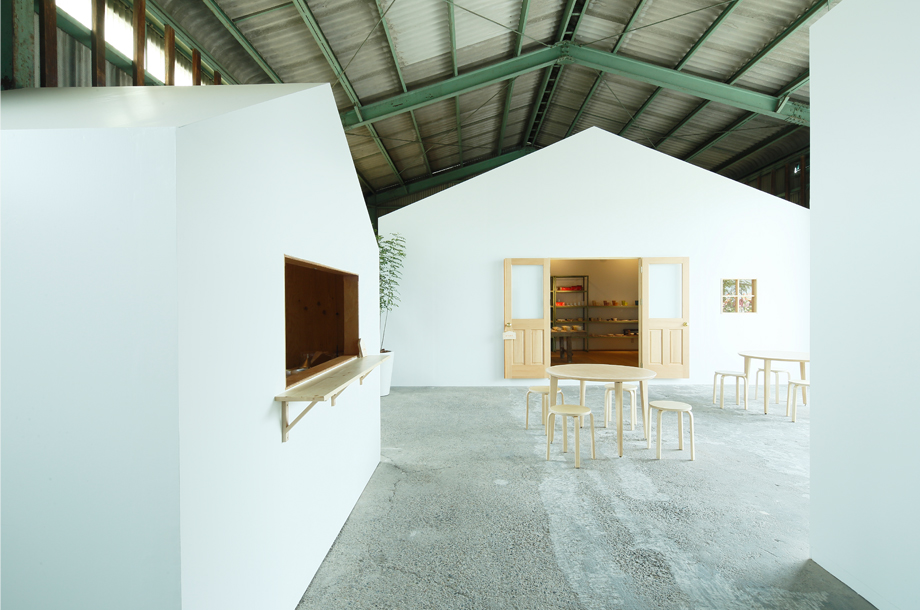
Another famous and very modern place to enjoy a workshop, buy some simplistic ceramics, or enjoy a delicious cup of coffee is the Tokoname Store, located inside a repurposed warehouse.
The pottery-making experience runs four times a day, and walk-ins are also welcomed. The experience is in Japanese only but the staff will make sure to help you at all times.
Tokoname Store
Opening Hours: 11:00 – 18:00; closed Wednesdays
Address: 6-70-2 Haramatsucho, Tokoname, Aichi 479-0832
Website (Japanese only) | Google Maps
Ceramall, Get Ready for Some Pottery Shopping!
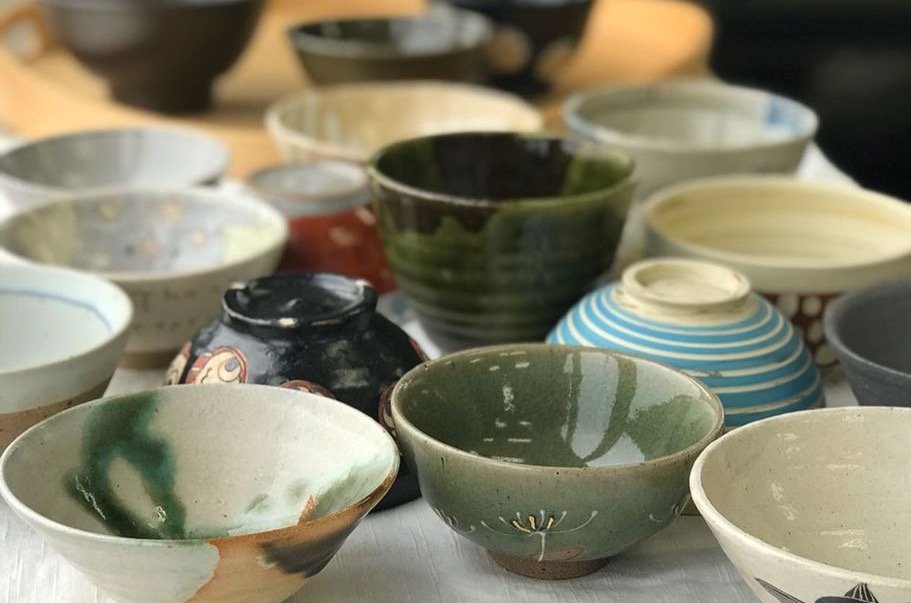
Countless shops selling all kinds of household wares are located along the Pottery Path. But for the biggest selection, you need to check out Ceramall. A shopping mall dedicated to ceramics. The top reasons to shop at Ceramall are the great prices, a wide selection of products, and the opportunity to join workshops or eat food served on Tokoname ware.
Ceramall (セラモール)
Opening Hours: 10:00 – 17:00
Address: 99 Kamisuhara, Kanayama, Tokoname, Aichi 479-0003
Website (Japanese only) | Google Maps
Design your Own Tokoname Pottery Town Walking Tour
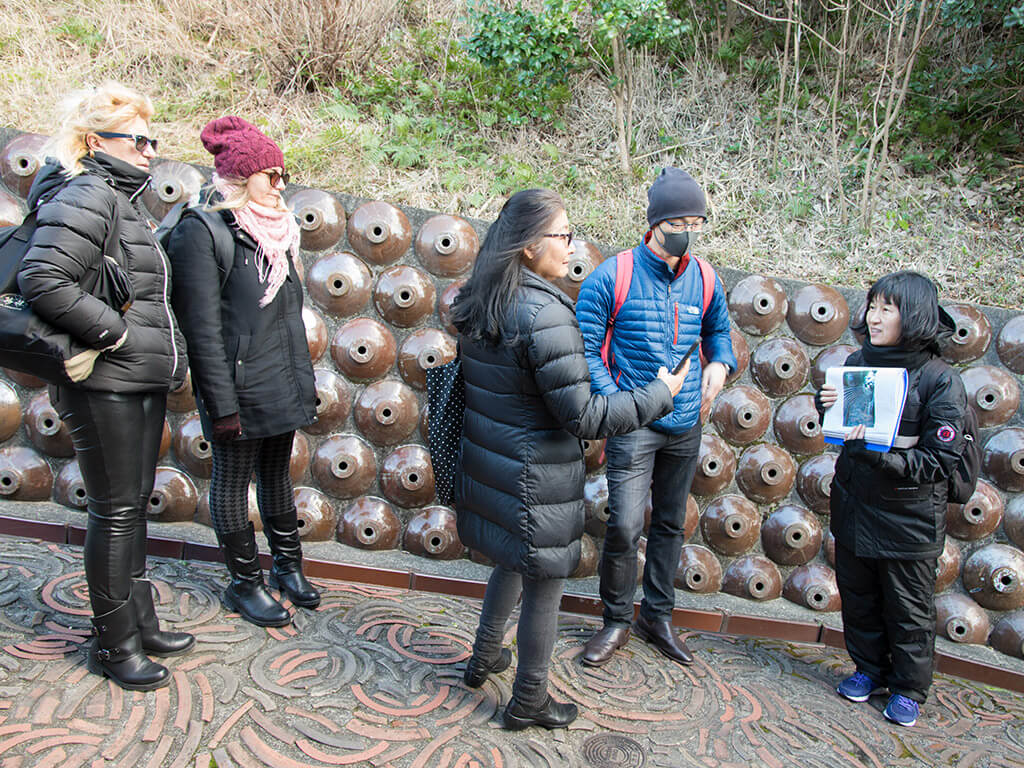
If you want to experience the pottery of Tokoname but prefer to do it during a guided tour, we have the solution for you.
One of our amazing guides can introduce you to the highlights of Tokoname during a fully customized walking tour. Your tour will lead you past Manekineko Street, visit Takita Family Residence, take pictures of you at the most photogenic spots, take you to a studio where you can watch a professional at work, or anything else that catches your attention. Just contact us via the Fully customizable Experience link and we’ll make sure to design the tour that best suits you.
From Sweet to Savory. The Best Places to Eat in Tokoname
Tokoname has a couple of cafes, restaurants, bars, and sake breweries worth checking out during your visit.
Try the Delicious Curries at Madoyama
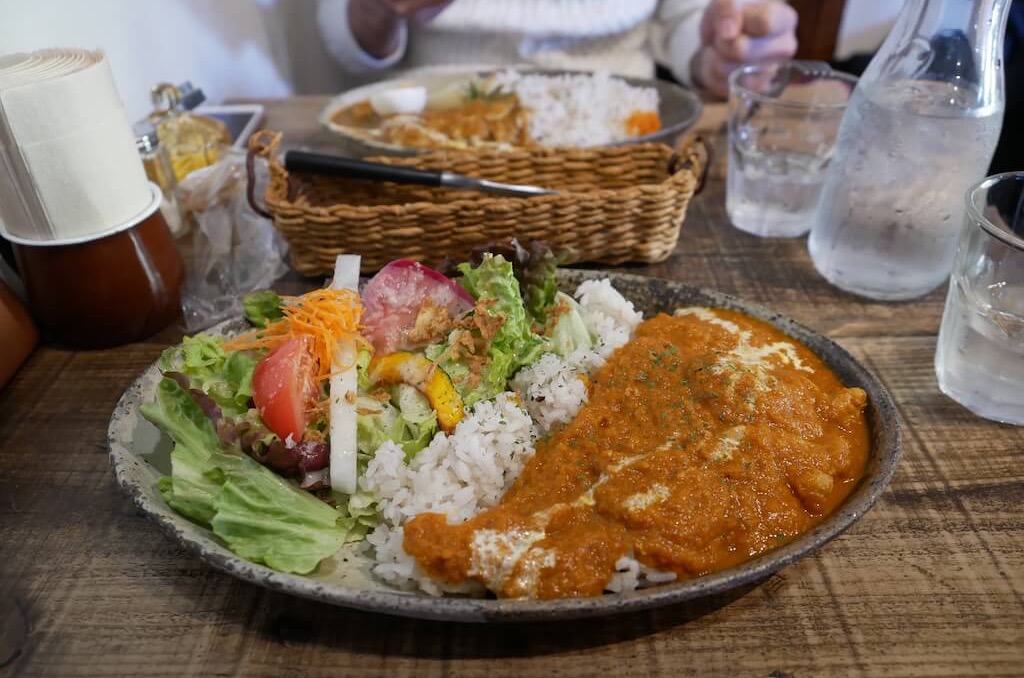
Madoyama is the perfect restaurant if you are looking for a delicious lunch spot or an afternoon dessert. It is housed in an old wooden building but has been renovated with great care. The first floor is a little shop selling ceramics as well as other decorative items.
Madoyama specializes in curries that are served with rice and a fresh green salad. Make it a lunch set and choose between hot and cold coffee or tea and one of their delicious desserts.
Madoyama (マドヤマ)
Opening Hours: 10:00 – 17:00
Address: 3-111 Sakaemachi, Tokoname, Aichi 479-0836
Google Maps
Try Nagoya’s Typical Eel Dish at Unagi no Nakamuraya
If you haven’t had a chance to try Hitsumabushi (grilled eel on rice) in Nagoya, Unagi no Nakamuraya is a great place to try the famous dish. This little typical Japanese diner is located on the Pottery Footpath and specializes in eel dishes.
Unagi no Nakamuraya (うなぎの中村屋)
Opening Hours: Weekdays 11:00 – 13:30, Weekends 11:00-15:30; closed Wednesdays
Address: 2-24 Okueicho, Tokoname, Aichi 479-0823
Google Maps
Have a Fresh Veggie Lunch at ni:no Homewares & Cafe
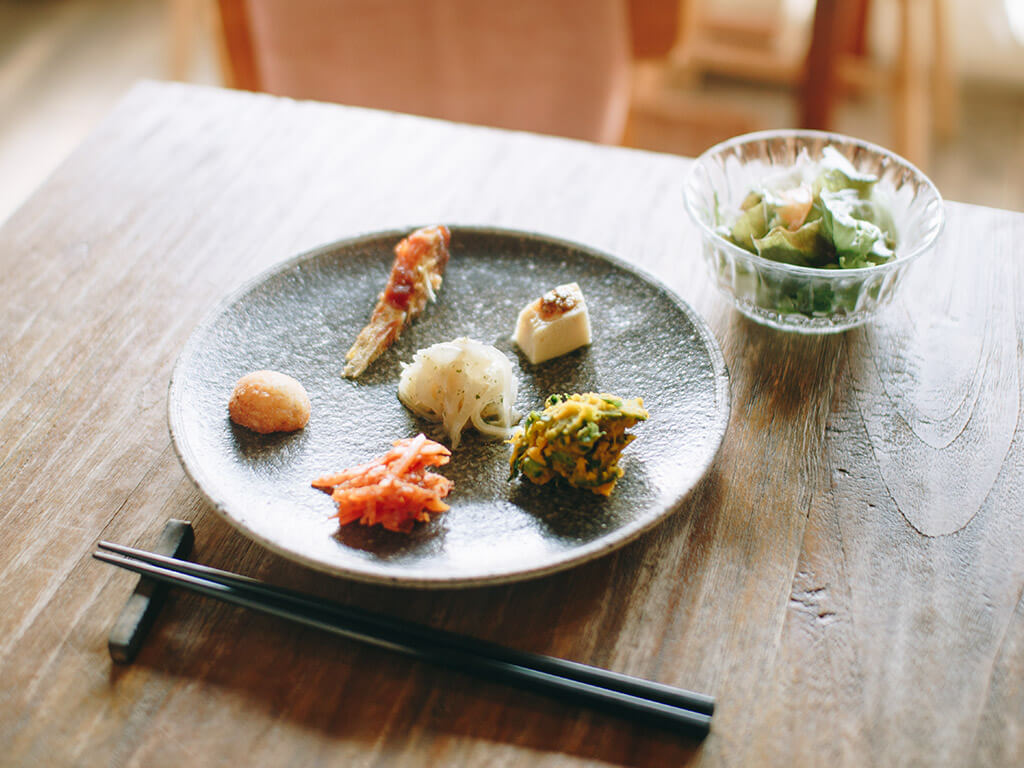
Ni:no Homewares & Cafe serves a delicious lunch menu which includes one drink for only 1000 yen. The food is Western-inspired made with local products, and fresh vegetables are the main protagonist. The lunch menu includes a starter, salad, and the main course accompanied by rice or bread.
The building has 2 floors. You will find the restaurant on the second floor, with antique and very comfortable couches and chairs. The first floor is a store where you can find items such as women’s clothing, handbags, hats, furniture, decorations, and gardening items.
ni:no Homewares and Cafe
Opening Hours: 10:00 – 17:00; closed Thursdays
Address: 1-1 Togocho, Tokoname, Aichi 479-0835
Google Maps
Okuramochi’s Shaved Ice Is the Best Way to Cool Down in Summer
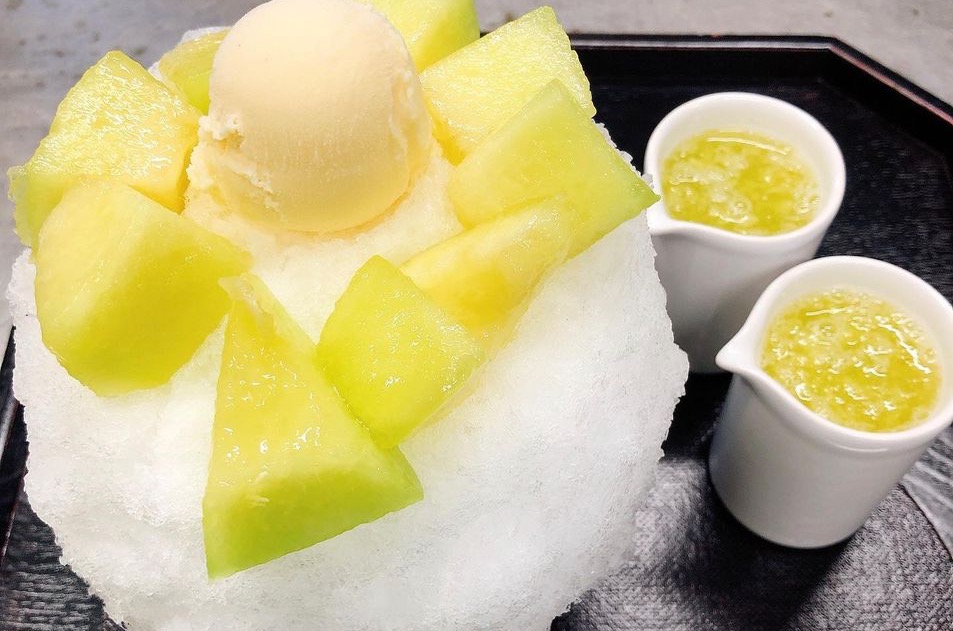
Okuramochi is an extremely popular traditional Japanese sweets shop. They are specialized in different kinds of Wagashi. During summer they serve Kakigori shaved ice as well as other summery sweets at their cafe.
Fair warning, if you visit on a weekend you have to expect a long wait to get a seat at this beautiful traditional cafe overlooking a Japanese garden.
Okuramochi (大蔵餅)
Opening Hours: 9:00-18:30; closed Mondays
Address: 2-2-1 Koiehonmachi, Tokoname, Aichi 479-0838
Google Maps
Learn About Sony, Sake, and Soy Sauce at Morita Aji no Yakata
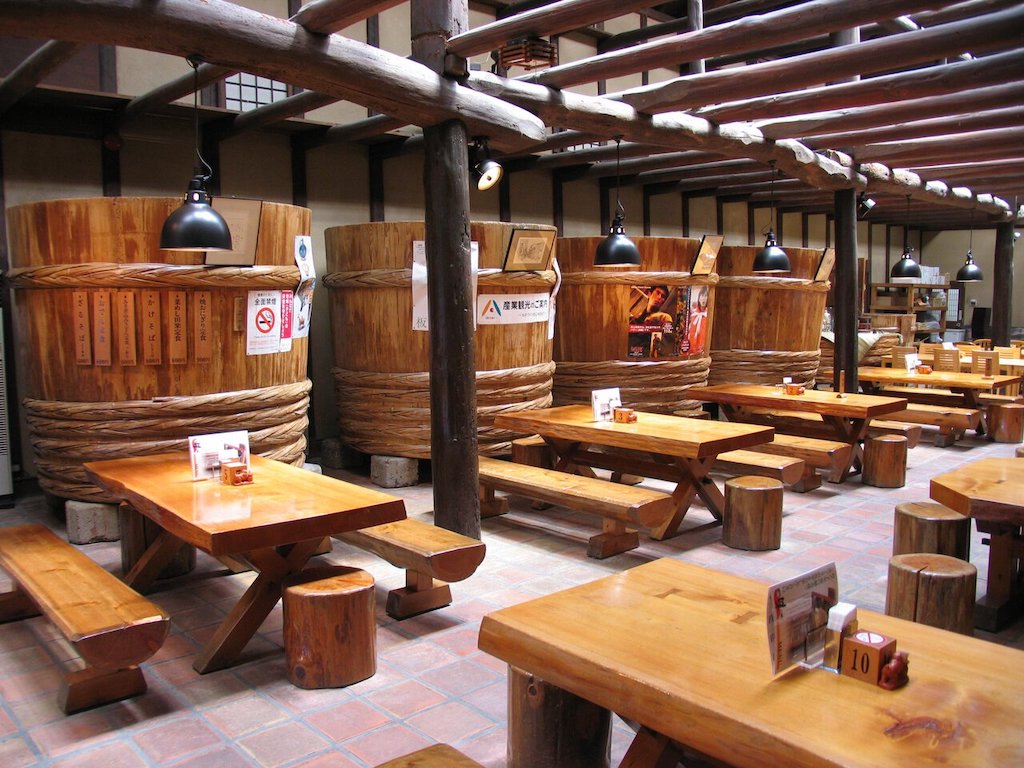
The Morita family has been producing Sake in Tokoname since 1665. They diversified into other fields such as Soy sauce and Miso production and have made a name for themselves over the years.
What many people don’t know is that Akio Morita, the co-founder of the Sony Corporation, comes from the Morita family, and as the oldest of 4 children, he was expected to take over the business in Tokoname.
You can learn all about Morita and Akio Morita at the Morita Aji no Yakata, a beautiful old building housing a small museum, shop, and restaurant where you can try miso-based dishes as well as soy sauce soft-serve ice cream.
Morita Aji no Yakata (盛田味の館)
Opening Hours: weekdays 10:00 – 16:00; closed Tuesdays and Wednesdays
Address: 10 Kosugaya Wakihama, Tokoname, Aichi 479-0807
Website | Google Maps
Learn How Sake Is Produced on the Sawada Brewery Tour
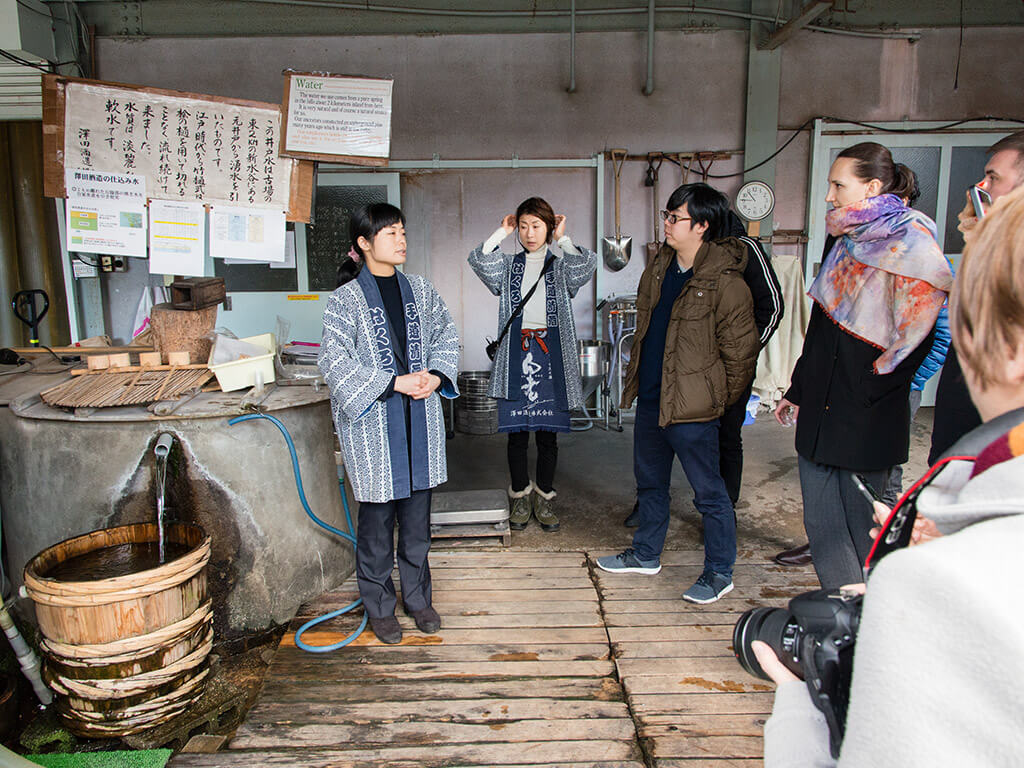
Another famous Sake brewery with a long history (more than 170 years) is the Sawada Brewery. During a Sake Brewery & Tasting Tour in Tokoname, you can learn about the production process of Sake, tour the brewery, and sample different kinds of their famous Sake. Don’t forget to buy the Sake you like best to take home with you!
There and Back Again. Visit Tokoname From Nagoya
Tokoname is easily accessible from Nagoya via the Meitetsu line. The trains bound for Central Japan International Airport all pass through Tokoname Station. The one-way trip takes 30 minutes and costs 680 yen for a non-reserved seat.
If you want to visit Tokoname from the airport take the Meitetsu line to Tokoname Station. It’s a 5-minute ride that costs 310 yen. Tokoname is actually an excellent place to visit if you have a long layover at Chubu Centrair International Airport.
If you want to know more about all the things you can do at Chubu Centrair International Airport, read our in-depth post.
This post was last updated in March 2024.
Although we strive to provide you with the most accurate and up-to-date information possible, please note that changes may occur nonetheless. We recommend you confirm any relevant information such as event cancelations or changes, opening hours, or possible restrictions using a direct source. Please keep in mind that these sources might be in Japanese only.
Did you enjoy this article?
Make sure to also check out our other posts about Nagoya and trust us if we say Nagoya is not boring!
Be sure to follow us on Facebook for lots of information, and see our Instagram for pictures and stories about Nagoya!
Tag us 📲
If you have visited Tokoname before, share your favorite places on social media and make sure to tag us with #nagoyaisnotboring

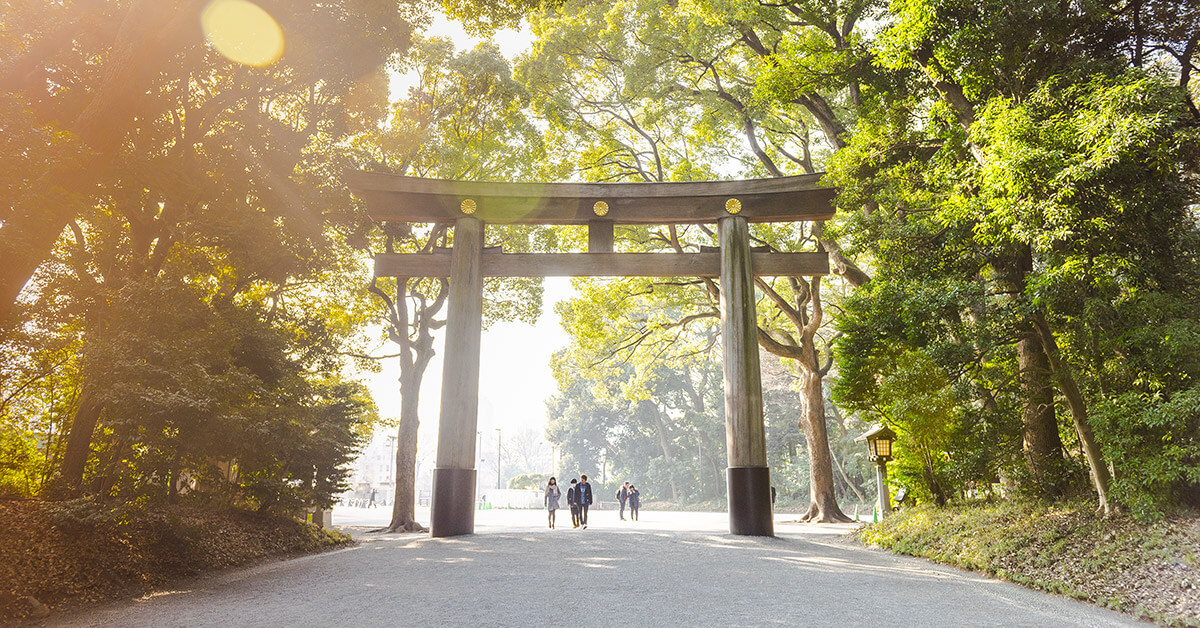
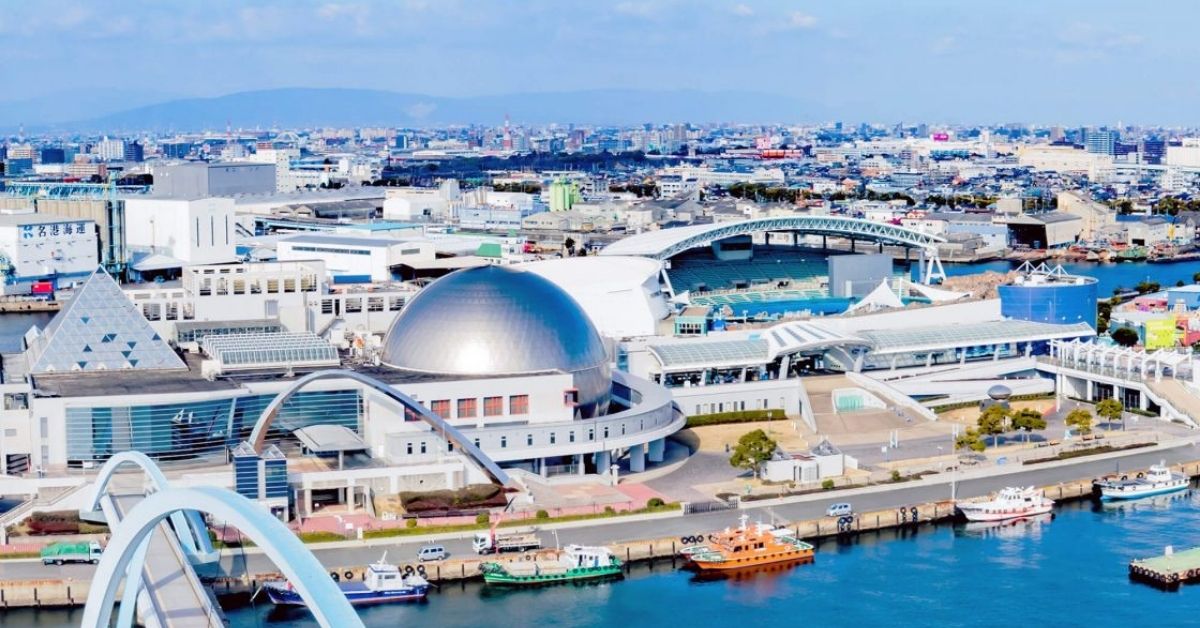

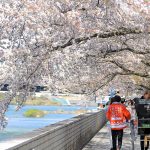


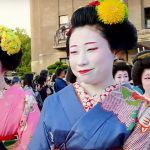
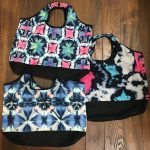
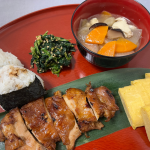
greetings with Peace. My name is Asaad Ahmad Gazelle. I am American Potter is wishing to visit Hagi to attend a pottery workshop. I am a fan and fascinated with Japanese pottery and culture. I teach pottery at Kimbal Jenkins school of art in New Hampshire in the USA. can you give me some guidance on how I may come there to visit and study?
Thank you
Hi Asaad,
This is Elisabeth Llopis from Nagoya is not boring team.
Japanese pottery is a fascinating world with very long traditions. The city you are going to visit is located in Yamaguchi prefecture, a different area from Aichi Prefecture we are writing about.
In Aichi, you will have many different cities you can study pottery like Tokoname and Seto, or Inuyama. And some many other areas around like Mino in Gifu prefecture.
What kind of guidance are you looking for? can you be a bit more specific?
Are you traveling from abroad? How many days are you traveling around Japan? If you have the time I recommend you to try also pottery workshops in the cities I mentioned earlier.
Cheers,
Elly